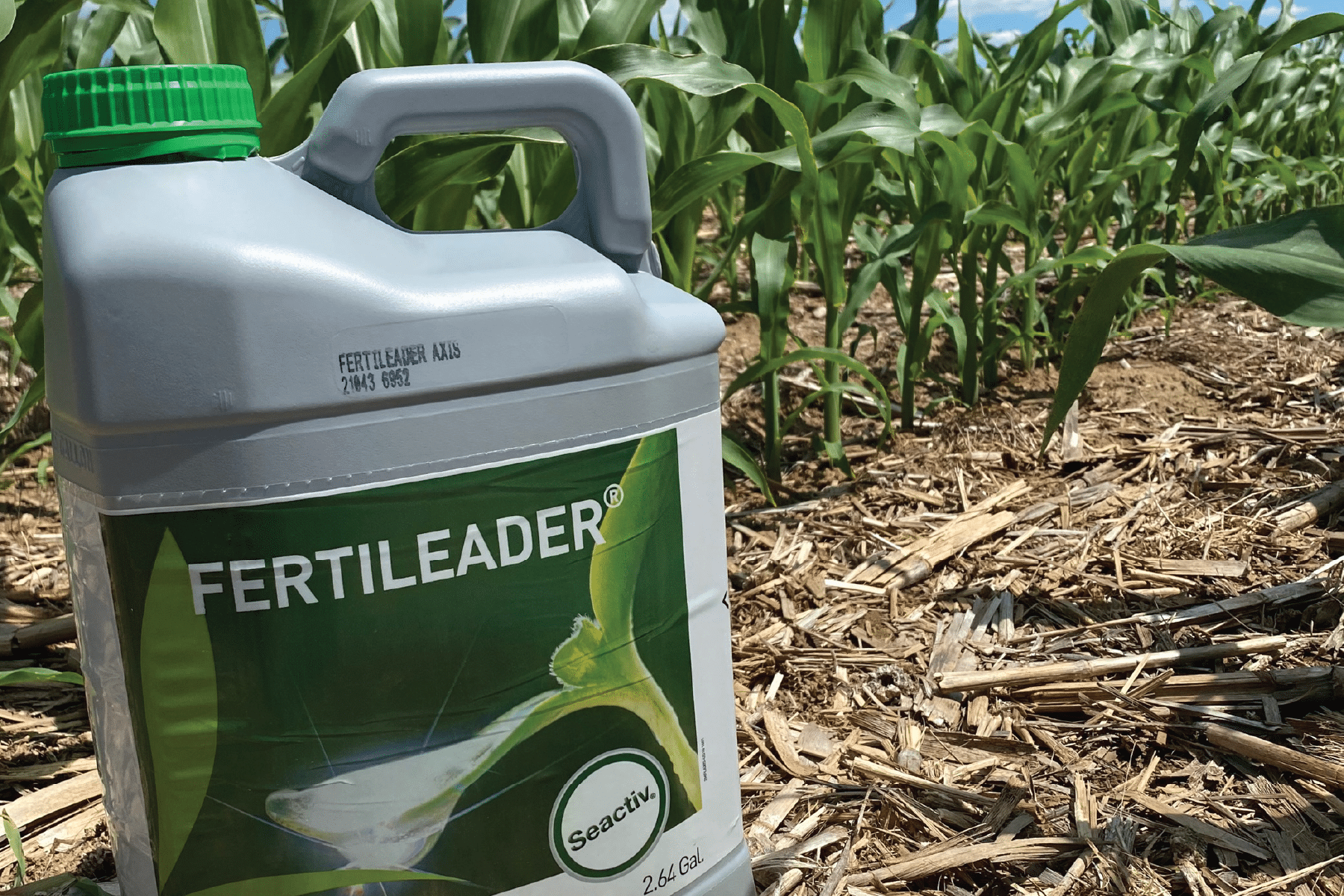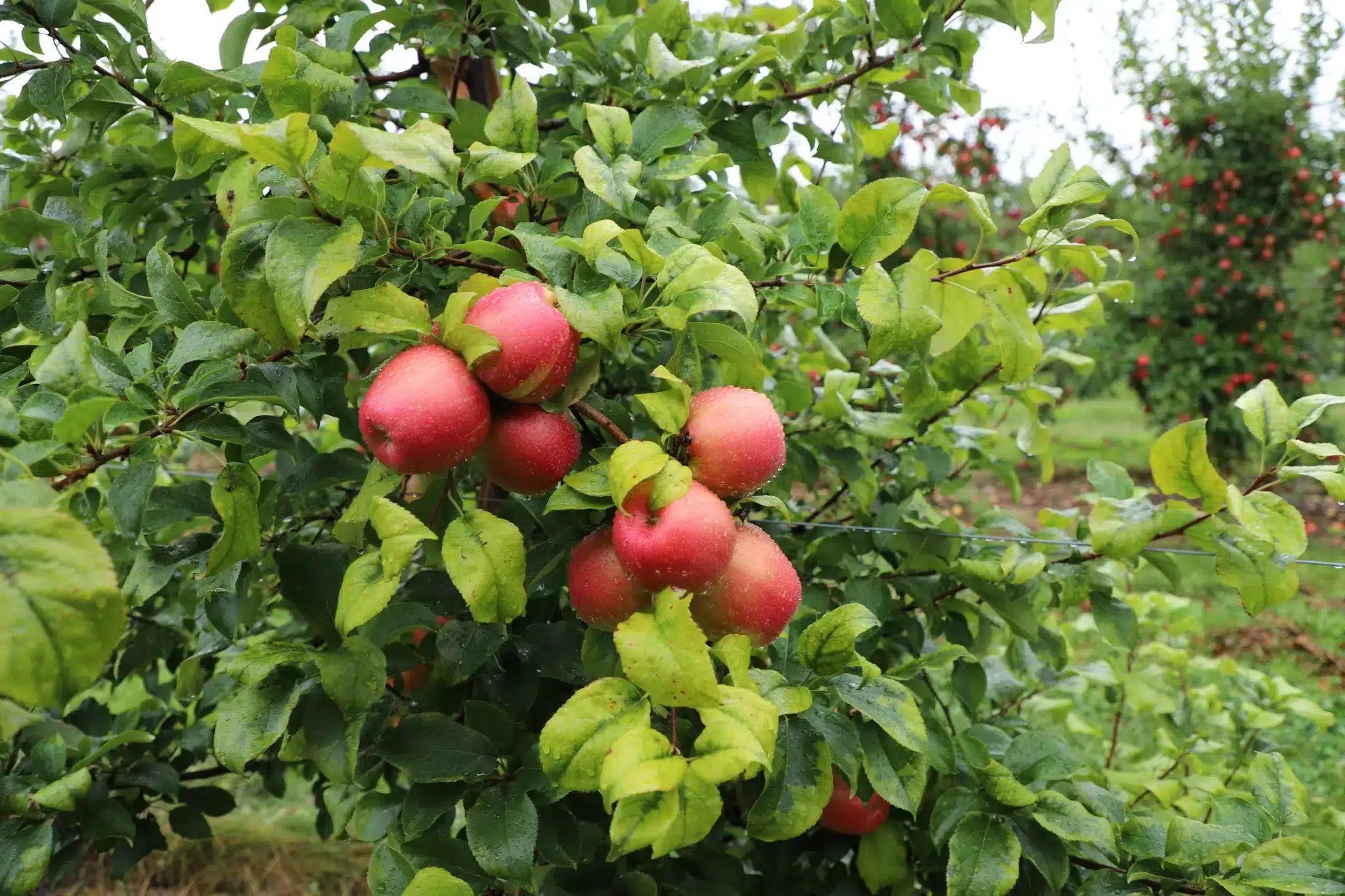Adding a stabilizer to a dry or liquid fertilizer will help ensure farmers’ nitrogen investment will not go down the drain. TIMAC AGRO offers two stabilizer options that can help growers protect their fertilizer, by ensuring maximum below-ground protection against nutrient loss.
How Nitrogen is Lost?
Nitrogen loss occurs through three methods, leaching, volatilization, and denitrification. UAN solutions contain three forms of nitrogen: Urea (50%), Ammonium (25%) and Nitrate (25%). Excessive moisture drives leaching of nitrates (NO3-) which occurs as water drives the nitrogen deep into the soil, out of the plant’s root zone. UAN with 50% of its nitrogen being Urea (CH4N20) is subject to volatilization or urea-hydrolysis. In this process, Urea is combined with water and forms ammonia, which evaporates into the air. Even small amounts of moisture such as morning dews can drive this form of loss.
Once Urea is in the soil, it joins with hydrogen and is prone to denitrification. All nitrates are subject to denitrification. In this biologically driven form of nitrogen loss, soil microbes utilize the oxygen in nitrate, leaving behind nitrous and dinitrous oxides which are released into the atmosphere and not into our plants. The point becomes clear, even when using split-applied methods of nitrogen management, it’s crucial to protect your nitrogen investment.

The Value of a Nitrogen Stabilizer
The use of nitrogen stabilizers is a key component to slowing environmentally driven nitrogen loss. TIMAC AGRO USA has two stabilizer options to offer to growers:
EXCELIS MAXX®
EXCELIS MAXX combines three modes of action for improved nitrogen use efficiency. Our technology combines a stabilizer (NBPT and DCD), with soil microbial activators, that increase plant productivity and nitrogen utilization. This ensures more of your nitrogen gets into the plant, in turn, leading to significant yield gains, improving your bottom line.
EXCELIS MAXX features:
- The LCN Inhibitor Complex
- NBPT –urease inhibitor to control nitrogen loss due to volatilization
- DCD –nitrification inhibitor to reduce risk of leaching and denitrification
- Phenolic Extract -reduces oxidation of NBPT which improves its longevity
- Rhizovit® Complex – soil microbial activator

Nitrogen Additive Response in Wheat
Our Research & Development team studied nitrogen management on our Innovation Farm in WI. The trial was conducted in a 4 replicate, randomized complete block design. We utilized different nitrogen rates and treatments to demonstrate the effects nitrogen stabilizers can have on wheat yields. In the chart, the 75% N rate treated with EXCELIS MAXX yielded better than both the 100% N rate and 125% N rate. Even just treating UAN at 100% showed a yield benefit of 7 bu/ac.

DUO MAXX®
The DUO MAXX technology is intended for treatment of incorporated liquid and granular fertilizer blends with N but can also be used on surface-applied P and K. The technology impacts how nutrients interact with both the soil and the plant.
DUO MAXX features:
- MPPA® – a large carbon-source/humate that, through our patented activation process, can help “hold” both cations and anions in order to reduce nutrient tie-up and leaching issues in the soil.
- XCK‐1750 – a naturally occurring plant extract that works as a microbial activator to improve nutrient uptake for the plant.
- LCN Complex – NPBT (urease inhibitor) and DCD (nitrification inhibitor) to help combat nitrogen loss

See below the latest laboratory test results of the effect of DUO MAXX on preventing ammonia volatilization, N leaching, and runoff.
Effect of DUO MAXX on Ammonia Volatilization

Effects of DUO MAXX on Ammonia volatilization on different soil types. (CMI, 2018)
Effect of DUO MAXX on Nitrogen Runoff Events

Results of N runoff study comparing no fertilizer (untreated), DAP and DUO MAXX with DAP under laboratory conditions. The numbers on the x-axis represent two simulated rain events of 2L/min for 3 minutes in an automatic spray cabinet. (CMI, 2020)
Effect of DUO MAXX on Nitrogen Leaching

Effect of DUO MAXX on N leaching at various times following urea application. A lysimeter was placed under a capture basin in order to quantify amounts of N found in the leachates from the solution. (CMI, 2018)
What is the Right Nitrogen Stabilizer for You?
Choosing the right stabilizer will depend on growers’ plans for fertilizer use, crops and application. Our technical team is ready to assist you in making the best choice for your operation.



